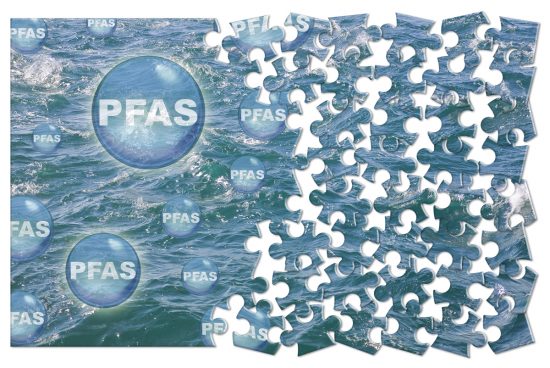PFAS Update from the U.S. Department of Energy

A comprehensive study (136 pages) on the “Assessment of Fluoropolymer Production and Use With Analysis of Alternative Replacement Materials” commissioned by the US Department of Energy (DOE), Office of Environment, Health, Safety and Security together with Savannah River National Laboratory, and under Cooperative Agreement with Vanderbilt University as the lead university for the Consortium for Risk Evaluation with Stakeholder Participation (CRESP) to address specifically Fluoropolymers, which are a subgroup of the much larger class of Fluorinated chemicals known as per- and polyfluoroalkyl substances (PFAS). Clearly distinguishing Fluoropolymers is important to understanding their distinctive chemical properties, associated risks and benefits, and their role in industry.
The factors that are considered in a lifecycle assessment (LCA) of Fluoropolymers are discussed. These include the manufacturing of Fluoropolymers, their use in industry, and available alternatives and replacement technologies. Emphasis is placed on Fluoropolymers plastics because of their extensive use in different sectors considered here: aerospace, automotive, battery, construction, chemical processing, electronics, infrastructure, semiconductors, solar panels, and wind energy industries.
Conclusion
To summarise the key points covered in this report:
- Fluoropolymers have not been singled out for regulatory efforts.
- Despite efforts, Fluoropolymer alternatives are not available in many applications. No single technology has been found to be widely applicable in cross-sectors or applications.
- Due to the variety of products and applications, LCA for individual Fluoropolymers is challenging and incomplete, or not practical.
- Emissions data is collected for production facilities, not individual Fluoropolymers, as they are often components of products.
- End-of-Life pathways are diverse, and therefore data is not available.
- Replacement technologies are not well-defined or widely available; no cost or environmental impact can be completed.
- Economic information generally is not publicly available regarding the supply chains, production, and use of Fluoropolymers and alternatives.
Sandy Van den Broeck,
ESG Director, ESA
